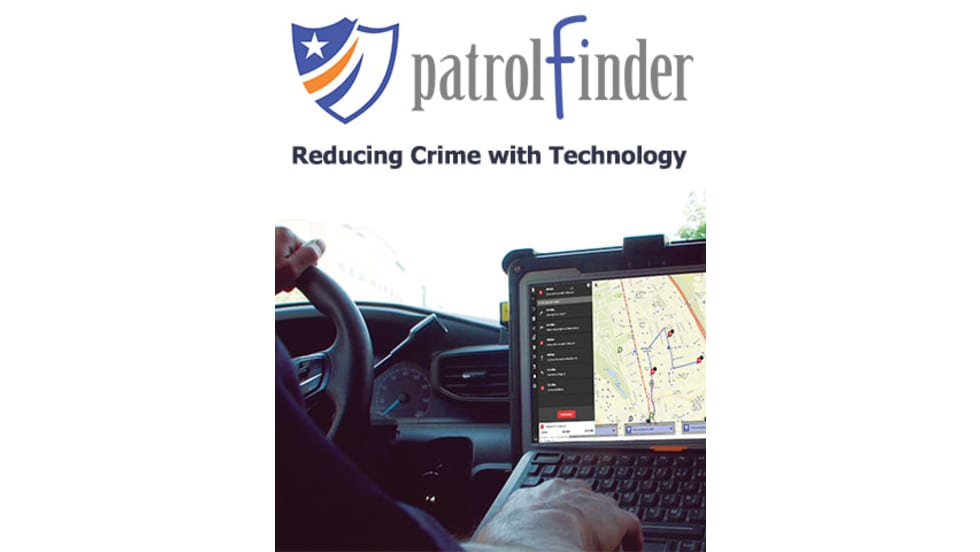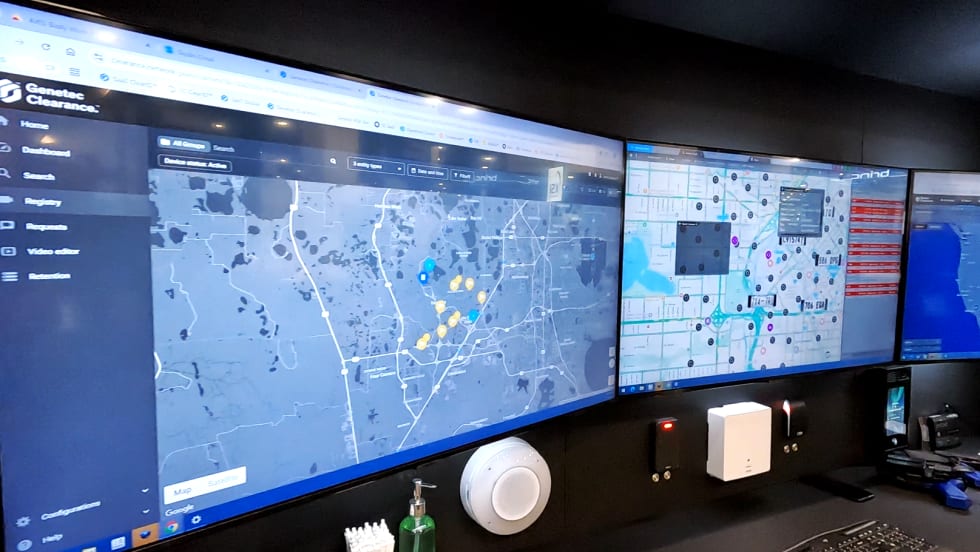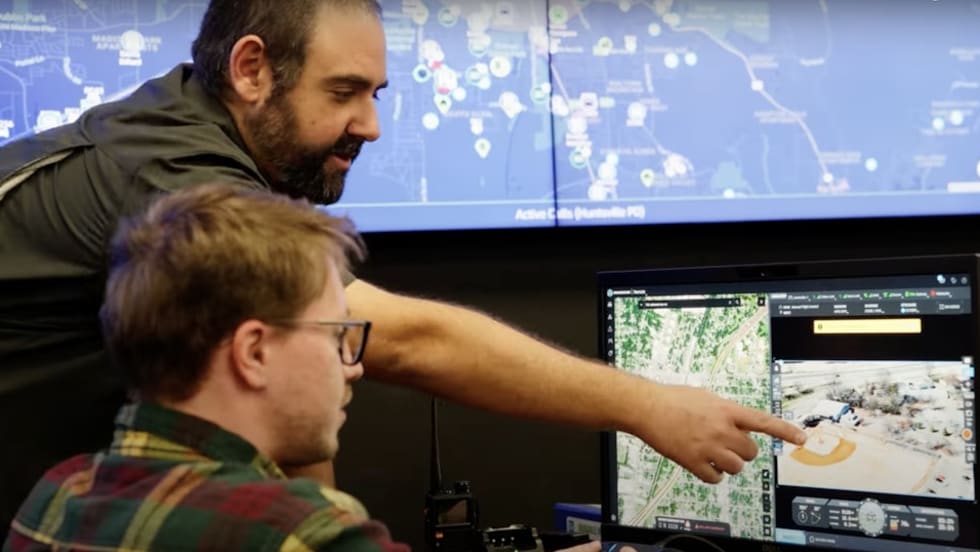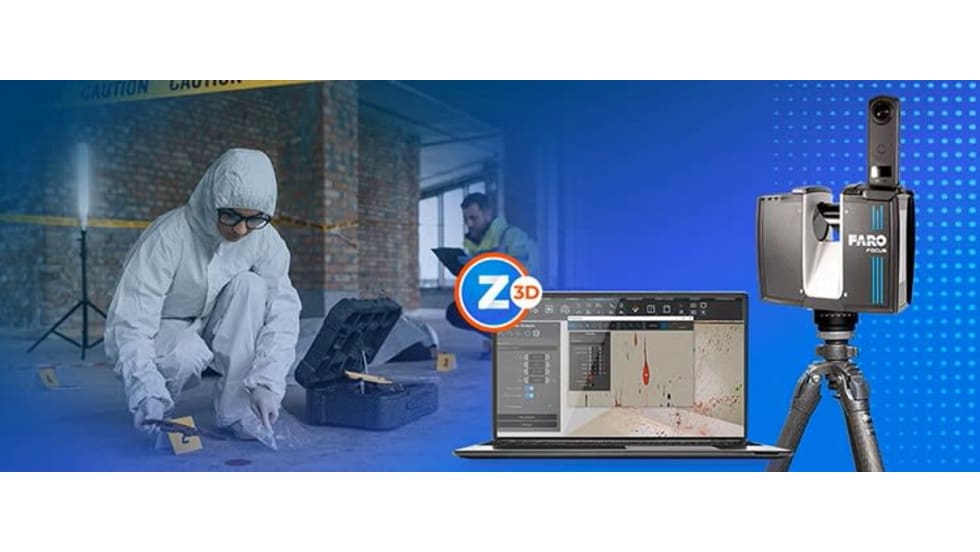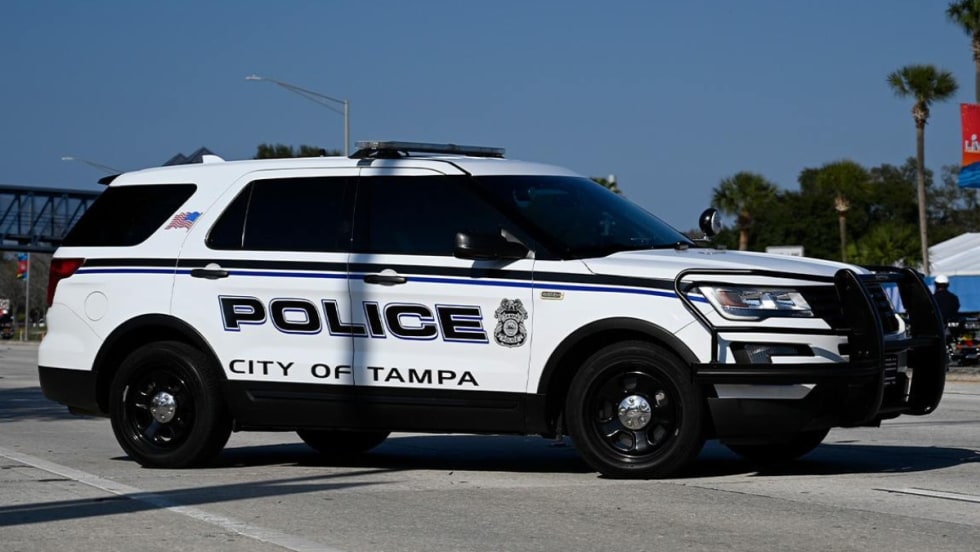Because events captured on the Arbitrator have varying levels of importance, agencies are now able to categorize video in CMS by type of incident, and apply different standards to how long each is stored. For example, all hit-and-runs can be automatically stored for two years while speeding infractions are kept for six months, accommodating each customer's local retention policies and statute of limitations.
The CMS also integrates with any agency's existing digital video management system (DVMS), allowing Arbitrator videos to be managed from the same location as other sources, such as security cameras or interrogation rooms. All videos are automatically extracted to the DVMS and stored according to the agency's settings, so there is no need to create DVD or CD hard copies. Once video is saved on the server, it becomes easily searchable by categories such as incident, car number, officer name, or time of day, with permissions settings and an access record to protect the chain of evidence.
In addition, the new 16GB storage card doubles the Arbitrator's video capacity, offering up to 128 hours at 30 frames per second (fps) or 512 hours at one fps in QVGA mode; and up to 32 hours at 30 fps, 64 hours at 10 fps, and 192 hrs at one fps in D1 mode.
The new Arbitrator SI software interface allows officers to control the Arbitrator through their mounted Toughbook notebook while also quickly accessing outside applications and alerts on the unit.




